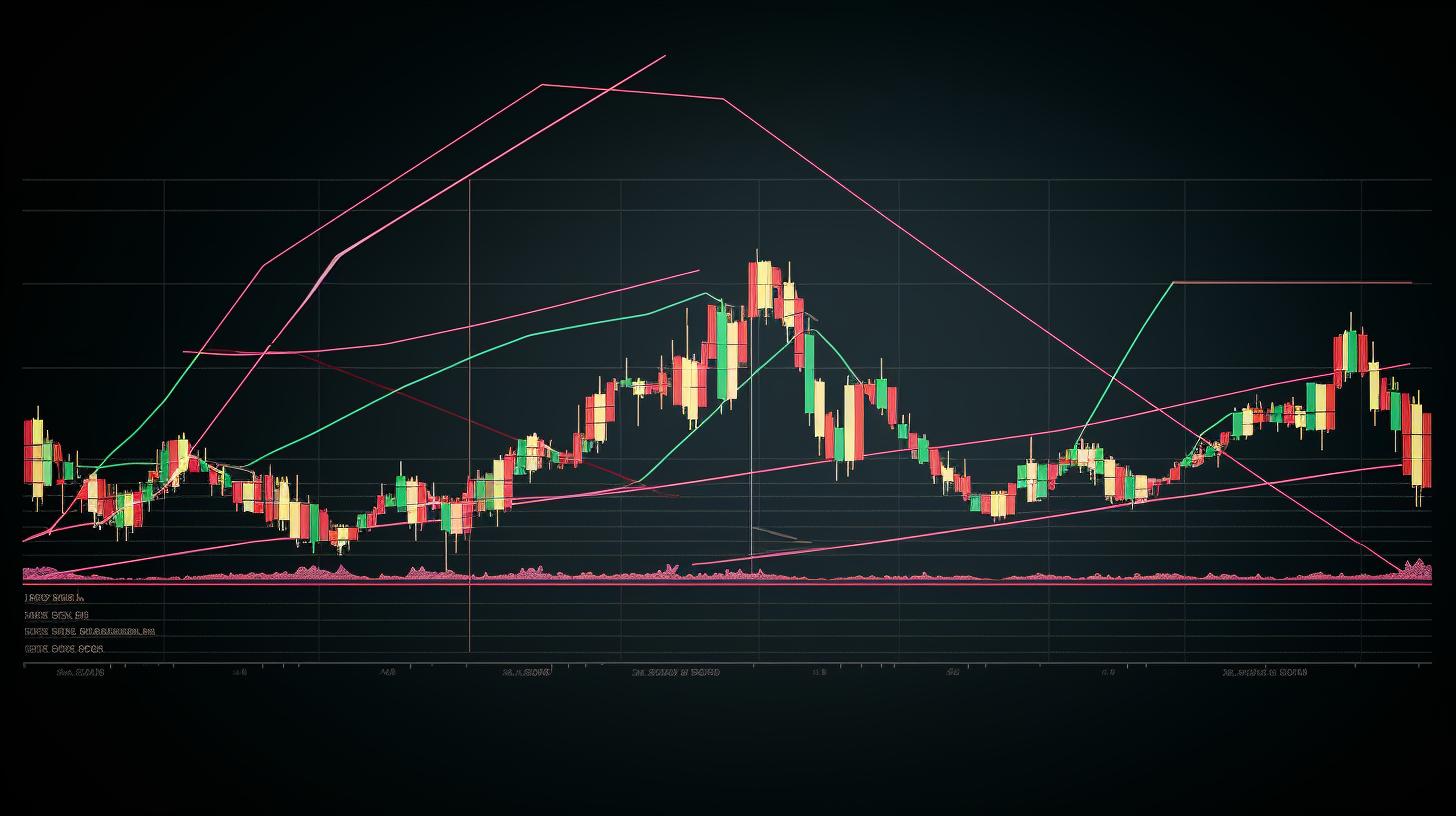Bitcoin Consolidates Below $112,000 Amid Correction Fears
Bitcoin (BTC) has entered the second week of September under pressure, trading below the critical $112,000 level as traders increasingly anticipate a potential downside correction. Market participants are closely watching key support and resistance thresholds, with $106,700 highlighted as a significant level to the downside based on exchange order-book liquidity analysis.
Some analysts suggest that if support fails, Bitcoin could experience a correction approaching 30%, potentially pushing prices near $87,000. This scenario aligns with Fibonacci retracement levels and cycle-based correction estimates, marking a substantial deviation from recent all-time highs near $124,000.
Inflation Data and Fed Policy in Focus
This week, attention turns to US economic indicators, specifically the Producer Price Index (PPI) and Consumer Price Index (CPI), scheduled for release midweek. Rising inflation coupled with signs of labor market softness pose a challenge for the Federal Reserve, which markets expect will respond with an interest rate cut at its September meeting. The CME Group’s FedWatch Tool indicates a fully priced-in rate reduction, with a small possibility of a larger-than-expected cut.
Comparatively, other major central banks such as the European Central Bank and Bank of England have already implemented multiple rate cuts in 2025, underscoring criticism of the Fed’s more cautious stance. This divergence fuels concerns over potential recession risks and their implications for equity markets, which currently outperform Bitcoin and gold.
Institutional Rotation Shifts Back to Bitcoin
Recent data suggests a reversal in the institutional rotation from Bitcoin to Ethereum exchange-traded products (ETPs). Last week, Bitcoin ETPs recorded inflows of approximately $444 million, while Ethereum ETPs saw outflows exceeding $900 million. US spot Bitcoin ETFs also gained around $250 million over four trading days, contrasting with sustained outflows from Ethereum spot ETFs.
These trends indicate renewed institutional interest in Bitcoin, potentially signaling a shift in capital allocation within the crypto asset class.
Whale Selling Resurfaces, Echoing 2022 Bear Market
Onchain analytics reveal significant Bitcoin selling activity by large holders, or whales, with reserves declining by over 100,000 BTC in the past month. This level of sell-off is the most pronounced since mid-2022, during Bitcoin’s last major bear market phase. The ongoing reduction in whale balances may exert additional downward pressure on Bitcoin’s price in the near term.
Binance Futures Liquidity Weakening Raises Market Concerns
Liquidity in Bitcoin futures markets on Binance is showing signs of deterioration. The Taker Buy/Sell Ratio, a metric measuring buy volume relative to sell volume, is making lower lows despite expanding prices — a divergence historically associated with market tops and corrections. This pattern, combined with weakening overall liquidity, suggests caution as the market could face increased volatility if positive catalysts fail to restore trading volume.
Since its inception in 2019, Binance Bitcoin futures have traded volumes exceeding $700 trillion, underscoring the market’s scale and the importance of liquidity dynamics in price stability.
Disclaimer: This article does not constitute investment advice. Cryptocurrency trading carries inherent risks, and readers should conduct their own research before making investment decisions.
FinOracleAI — Market View
The current Bitcoin price action below $112,000 amid growing correction fears and weakening futures market liquidity signals a cautious short-term outlook. Key drivers include the upcoming US inflation data and Federal Reserve interest rate decisions, which could trigger volatility. Institutional flows shifting back to Bitcoin offer some support, but continued whale selling and liquidity decline present downside risks. Market participants should monitor Fed announcements and order-book dynamics closely for indications of sustained momentum or deeper corrections.
Impact: negative













